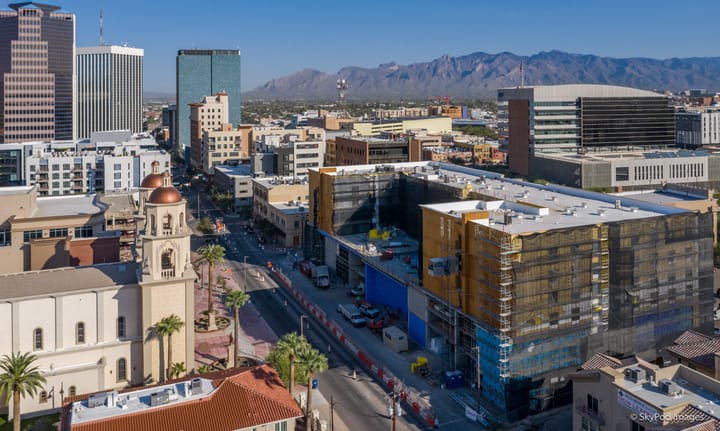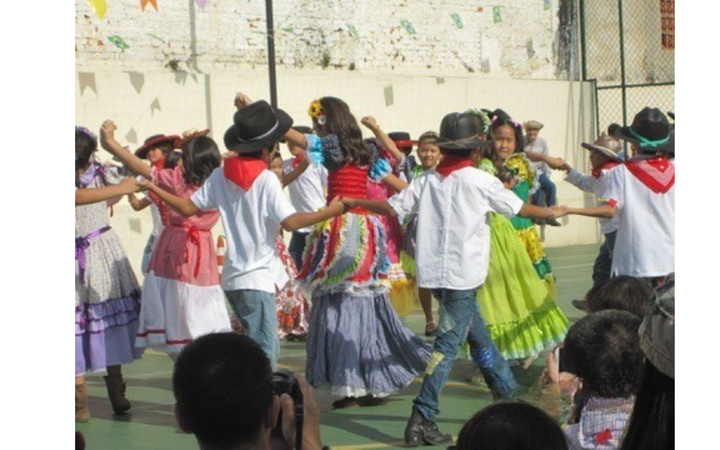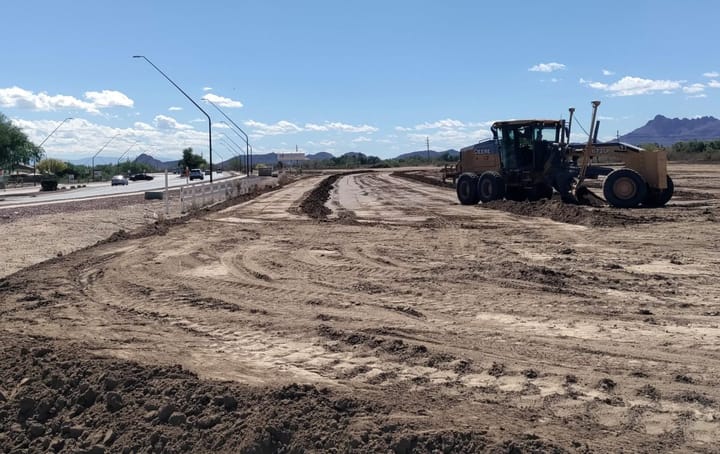Tucson marks 100 years of La Fiesta de los Vaqueros rodeo and parade
The 100-year-old event is rooted in tradition and includes the representation of all the communities it embodies. The event will kick off this weekend.
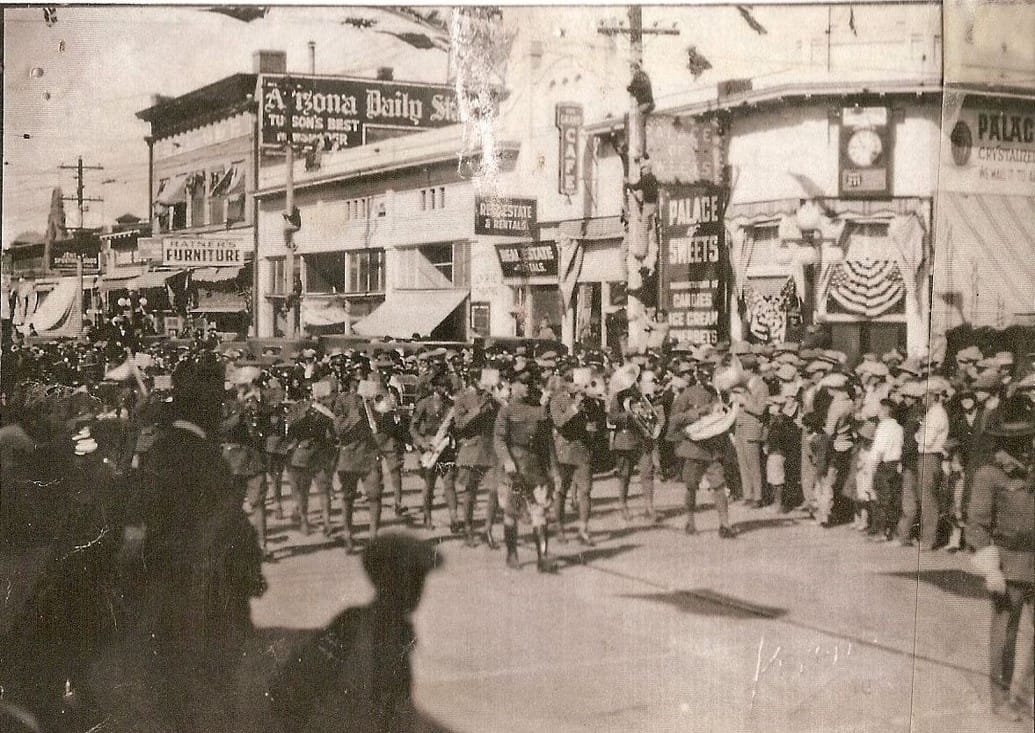
Tucson is gearing up to celebrate its 100th anniversary of the rodeo and rodeo parade, with festivities kicking off Saturday.
Started in 1925, the annual La Fiesta de los Vaqueros has become an iconic Tucson staple, with organizers eager to mark this milestone in the city’s history.
The rodeo begins Saturday with a series of events including bareback riding, steer wrestling, team roping and bull riding. The annual parade will take place Thursday, February 20th from 9 to 11 a.m.
Each year, parade attendees dress up in their western best, with schools closed for the day so students can come out and enjoy the parade. The rodeo parade claims to be the largest non-motorized parade in the United States and Tucson is the only city in the country with an annual school holiday in celebration of rodeo.
This year, the 2 ½ mile parade route will include 2,300 participants, more than 1,000 horses, 700 horseback riders and 11 bands.
“It's going to be as colorful as ever,” said Herb Wagner, spokesman for the Tucson Rodeo Parade Committee. “We've got Native American groups, Hispanic heritage groups and military and historical groups coming in, as well as colorful floats sponsored by local southern Arizona businesses.”
The route for the parade has changed over the years, with the most recent taking place last year, when Union Pacific’s objected to the parade crossing over train tracks and stopping commerce.
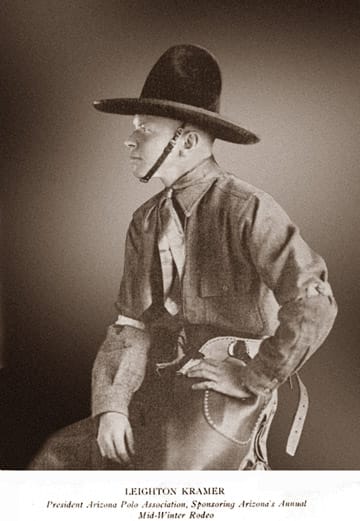
This year the parade will begin at 12th Avenue and Drexel Road and end at the rodeo grounds. Street closures in the area will go into effect at 7 a.m. and can last as late as 1 p.m. A list of closures can be found here.
While La Fiesta de los Vaqueros began 100 years ago, the tradition of the rodeo goes back even further and starts with the local inhabitants of the southwestern land.
Back then, “rodeos” were held every weekend.
“The local ranch hands would have their own little rodeos, what they called jackpot rodeos. Everybody throws in $2 and the winner takes it all,” Wagner said.
So when Frederick Leighton Kramer, a polo player from the east coast, suggested to local businesses the creation of a more formal rodeo event, many thought he was crazy.
To them, this was already something that was happening.
“But he got the local businesses to put up prizes and cash money to entice those cowboys to come and compete in rodeo events and the idea took off,” Wagner said. “Of course the businesses that sponsored prizes wanted that parade to go in front of their business, so what we had was a serpentine route through downtown, starting over at the base of a mountain and going across the river and into downtown and winding through everybody's business.”
The event coupled nicely with the city of Tucson's desire to promote itself as a tourist destination, clinging to the portrayal of being a town of the “wild west.”
Tucson would soon further cement itself as the epitome of the wild west with the creation of Old Tucson a few years later in 1939 as a movie set for iconic western films and television shows including “Arizona,” “Little House on the Prairie” and “El Dorado,” among many more.
Kramer’s idea was the starting point of a three-day event that has since grown to over two weeks of rodeo events.
This year, Kramer’s descendants are serving as Grand Marshall and will be leading the parade, which used to mark the beginning of the rodeo. But over the years, it’s gotten so big that another week of the rodeo was added leading up to the parade.
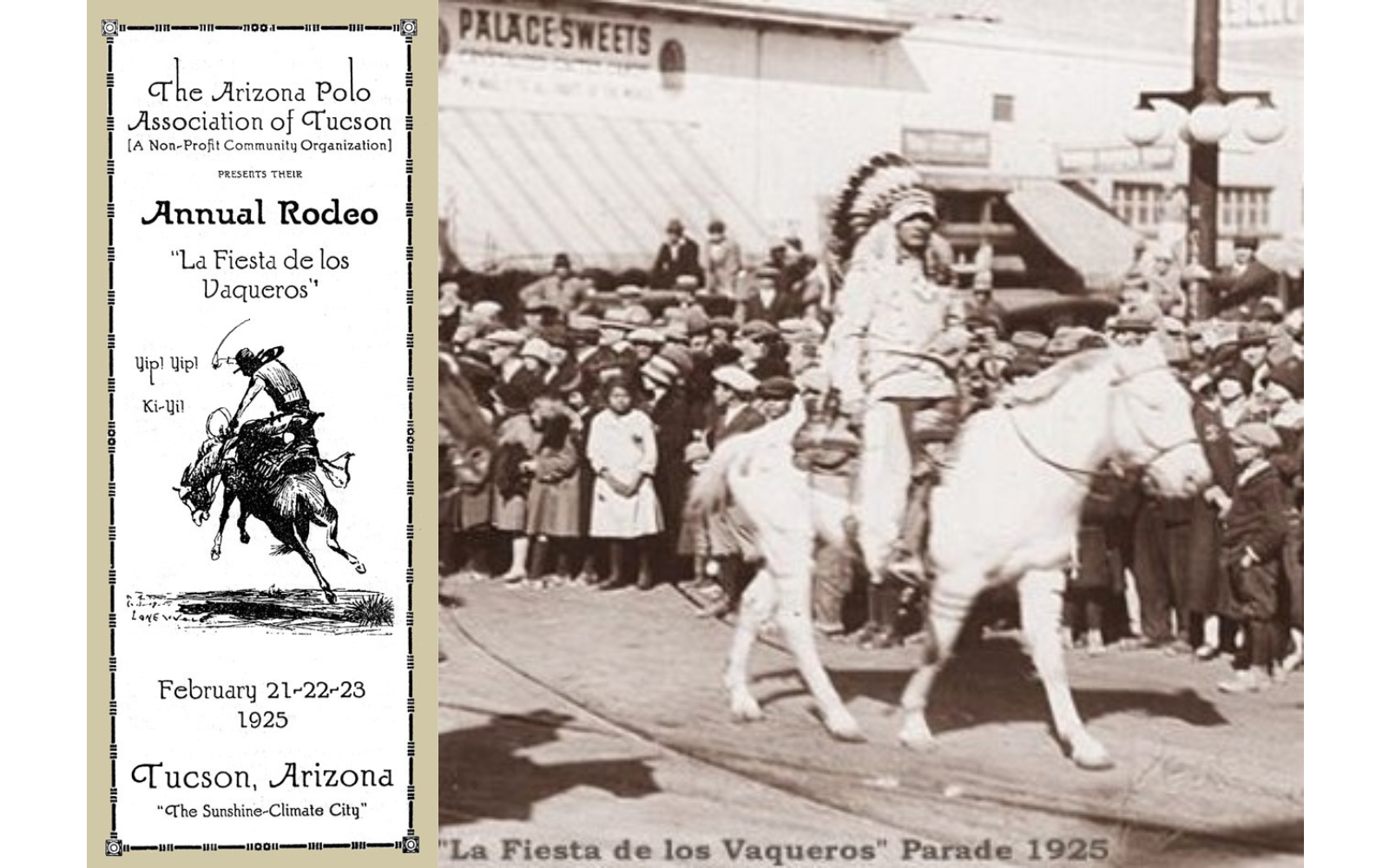
Dozens of horse-drawn floats will participate in this year’s parade, representing groups from different groups and cultures, and continuing a tradition of diversity of the “melting pot” of cultures in Southern Arizona, according to Wagner.
“Here in Tucson, we value the diversity and historic nature that this 100-year-old event represents and the many different cultures and communities that participate in it,” Board of Supervisors Vice Chair Adelita Grijalva said in an email to Tucson Spotlight. “So much so that we’re probably the only city in the country that offers a Rodeo break for students so that younger generations can continue to be a part of Tucson’s history.”
From its inception, the rodeo and parade have counted on the Hispanic and Native American community’s participation. In fact, the first poster for the rodeo parade was created by Lone Wolf, the grandson of a Blackfeet chieftain.
The inaugural rodeo also included women participating in rodeo events, like Fox Hastings, a female cowboy who wrestled steers and wore a football helmet while doing so.
While in the early days there were some automobiles in the parade, in 1942 the committee decided to make it non-motorized, meaning that all the floats in next week’s parade will be horse-drawn.
Many of the wagons that will be used in the parade can be found on display at the Tucson Rodeo Parade and Tucson Wagon and History Museum. The wagons themselves represent a piece of Tucson history; one was used as a school bus, another was a police wagon that carried prisoners, wagons that carried hay and even a wagon that was used by Governors of Sonora.
In the past, hundreds of thousands of attendees have contributed to the success of this centenarian tradition, and this year is expected to be equally as successful.
“The Tucson Rodeo and Parade have been a fixture for the community for as long as I can remember,” Grijalva said. “Like so many others, I’ve been part of the excited crowds at the parade eager to cheer on schools and organizations as they go by.”
Tickets can be purchased in-person at the Tucson Rodeo Grounds, 4823 South 6th Avenue, or in advance on the rodeo’s website.
Susan Barnett is Deputy Editor of Tucson Spotlight and a graduate student at the University of Arizona. She previously worked for La Estrella de Tucson. Contact her at susan@tucsonspotlight.org.
Tucson Spotlight is a community-based newsroom that provides paid opportunities for students and rising journalists in Southern Arizona. Please support our work with a paid subscription.

